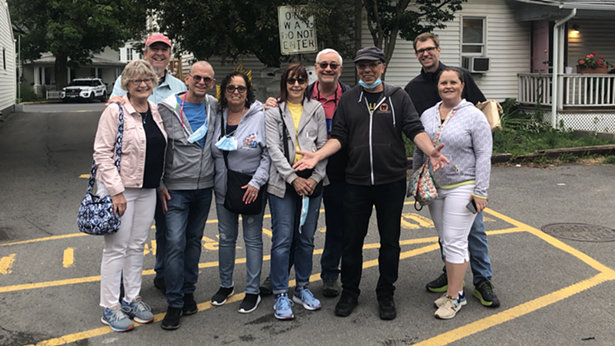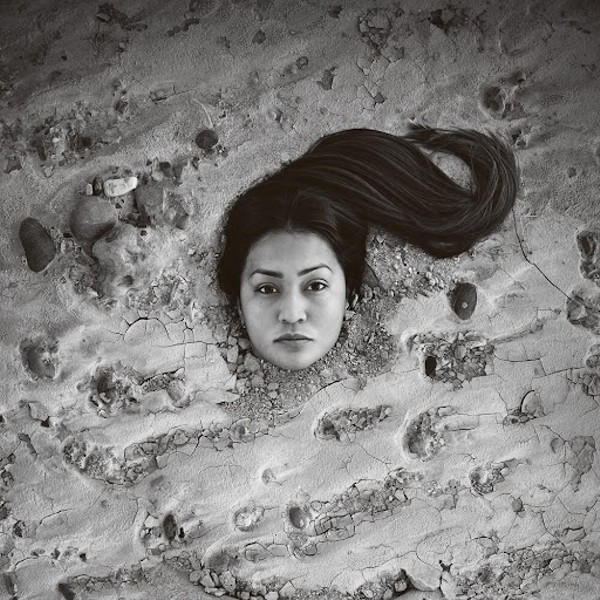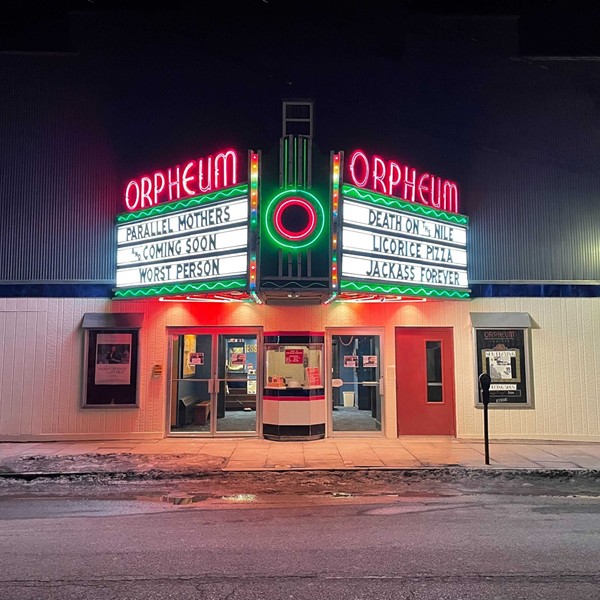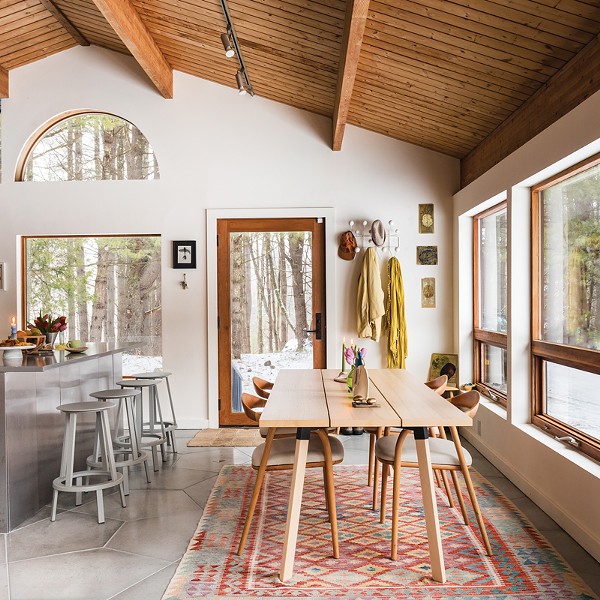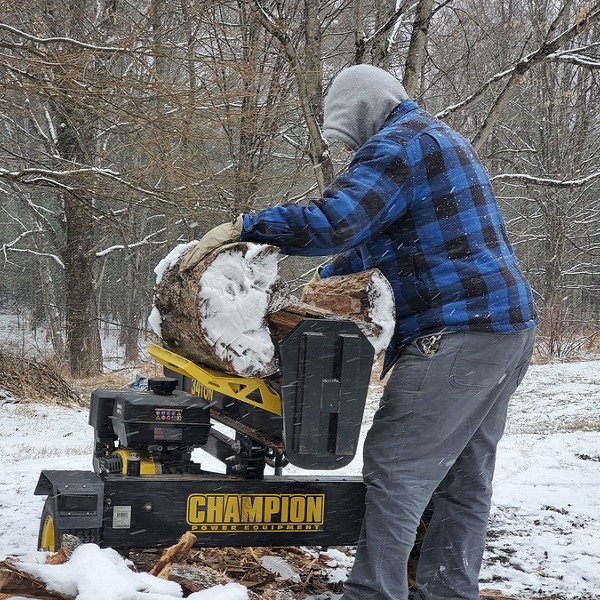From the reverberating impact of Bob Dylan and his contemporaries on the music and culture of Greenwich Village to the birth of punk rock in the then-rundown East Village in the 1970s, Manhattan is steeped in music history. Webster Hall, CBGB, Fillmore East, Max’s Kansas City—the small island is crammed with historic venues and gathering places where American culture was written in real time by the voices of the time. In 2001, author, radio personality, rock historian, and music exec Bobby Pinn started Rock Junket to give tourists a peek into this rich and layered past. With a range of walking tours, which have been acclaimed in publications ranging from the New York Times to Time Out, and on TV everywhere from VH1 to MTV, Rock Junket has established itself as a premier resource for guided walking tours of New York City’s rock history.
But in the ‘60s and ’70s, as today, creatives craved an occasional escape from the hubbub of the city, and Woodstock became a satellite gathering place for creatives. Drawn by the local arts and folk music community, in 1963 influential impresario and music manager Albert Grossman bought a house in Woodstock, where many of his charges, like Dylan and the Band, came to visit, as well as a rotating cast of high-profile performers. Around the same time, the Cafe Espresso on Tinker Street (now the Center for Photography at Woodstock) featured visiting folk artists like Joan Baez, Phil Ochs, and Odetta (who Grossman managed). Dubbed the “Baron of Bearsville,” Grossman bought the estate that would become the Bearsville Theater complex in 1970.
Today, the Bearsville Theater complex continues to be a creekside campus for creativity and enjoyment with a recently revamped venue, a bar, restaurants, and outdoor space. “I was there the other day,” says music distributor and rock history aficionado Larry Germack. “There was music blasting out of the theater—a Beatles tribute band—people outside in the picnic area eating food from the Bear Cantina; and a new bar just opened up, Tinker Street Tavern. I thought, ‘Wow this is like a self-contained village here of music, music history, and cool vibes. And I think it’s been like that since Albert Grossman started it—a self-contained utopia for musical creativity.”
In 2019, Germack, who designed and led Rock Junket’s Greenwich Village tours for a decade, decided to coordinate a Woodstock walking rock tour. “I’d sit in front of the Village Green with a sandwich board trying to hustle walk-up business,” he says with a laugh. “I’d sit out there for hours. By the time the tour happened I was beat. People were probably like, ‘Who is this guy?’ I knew there had to be a better way.”
Two years and one pandemic later, all the bookings for the Woodstock rock tour are online. Tours run every Saturday through October, starting at 2pm at the Bearsville Theater complex with a tour of the venue before caravanning to town to walk down Tinker Street and Rock City Road. “I was in the Woodstock Music Shop the other day and the owner told me that people still go into the store every day to asking if they can walk to where the [1969] festival took place—not just one person, several,” Germack says, with an incredulous head shake that is audible over the phone. “There is a reason that festival was named after this town—and it goes way back before 1969. There are great stories associated with this town, a colorful history.”
From the days of the Band and Big Pink, former music clubs, and hangouts to Woodstock’s artist colony roots at the turn of the 20th century, Germack tries to cover it all. “There is a lineage there, he says. “Creativity was born in that Byrdcliffe colony—and even prior with the Hudson River School of painters. The mountain has something to do with it, I'm sure. It’s magic.” The tours are a passion project for Germack. “I tweak this thing every week,” he says. “Sometimes I’ll open a book randomly to a page and it says something like, ‘Bob Dylan wore the same jacket on the cover of three different albums,’ and I think, ‘I’ve got to remember that.’”
The tour, which costs $44, lasts around two hours, and pops in and out of various Woodstock establishments to learn the history, browse the merch, and talk to local shopkeepers. “It’s not too strenuous,” Germack assures. “You get your steps in and hear about classic music history, while also learning about the vibrancy of what Woodstock is becoming again, today.” Stops include HappyLife Productions, whose founder Mike DuBois did artwork for numerous albums including for the Grateful Dead, Allman Brothers, and Pink Floyd; Village Green, and the Woodstock Artists’ Cemetery—the final resting place for several of the icons mentioned on the tour.
Germack likes to weave existing businesses into the fabric of the tour and hopes it gives them a boost, without taking up too much space in the village. Participants can bring home a book on music history from Golden Notebook, grab a coffee at Woodstock Way Hotel, pick up a record at the Woodstock Music Shop, or catch a post-tour show at Colony.
“I don’t want to be intrusive in town,” Germack says. “I would never think about having a bus with a loud speaker—it’s way more lowkey than that. I have enough passion just in talking about the history. I try to be as chill as Woodstock itself. I’m coming from a good space and a desire to show people how special this little town is—and why it will always reign supreme in the annals of rock history.”
Woodstock Rock ‘n’ Roll Walking Tour run every Saturday at 2pm through October. Book online.







